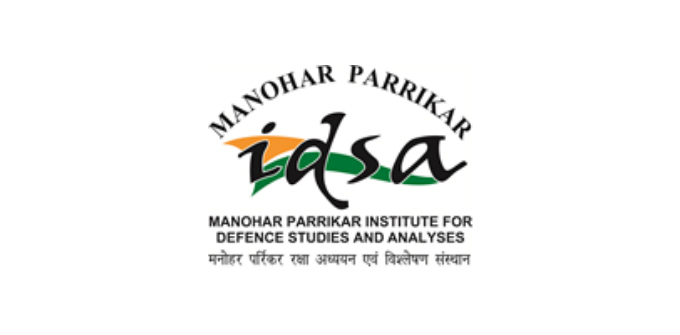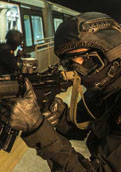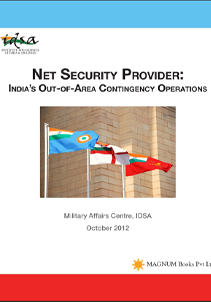Enhancing Foreign Language Expertise in the Indian Armed Forces: A Focus on Chinese Language Proficiency
Effective communication is paramount for military success in today’s globalised operations and diverse linguistic landscapes. Linguistic support has historically been a crucial component of military operations worldwide. This article explores measures for enhancing foreign language expertise in the Indian Armed Forces, with focus on Chinese language proficiency. It delves into research conducted in the United States (US), the United Kingdom (UK), Russia, Ukraine and China on: linguistic support for the forces; military translation; and the roles of translators, interpreters and research scholars. Thematic and content analysis methods are employed to address the research question: ‘How to enhance foreign language expertise in the Indian Armed Forces with a focus on Chinese language proficiency?’. The findings highlight the significant role of linguistic support in military operations, emphasising its core importance to combat capability. While the Indian Armed Forces have made strides in improving Chinese language proficiency among translators, interpreters and instructors, there remains a need for specialised translators and interpreters training in the military domain. Further research in ‘linguistic support for forces’ is essential to address challenges and build robust linguistic capacities. The article calls for the establishment of dedicated translation and interpretation institutes to meet the specific linguistic needs of the Indian Armed Forces. It underscores the importance of leveraging the expertise of serving and retired Chinese linguists and advocates for the development of specialised training programmes to cultivate proficient Chinese translators, interpreters, instructors, intelligence analysts and research scholars within the military. Multi-disciplinary collaboration among linguists, defence experts, artificial intelligence (AI) specialists and data scientists is essential to enhance research capabilities and understand the modernisation of the People’s Liberation Army (PLA). The article also recommends creating a separate linguists’ cadre and recognising and incentivising Chinese language experts in the armed forces. By proposing strategies for knowledge exchange, indigenous capacity-building and the integration of emerging technologies, the article offers practical recommendations for enhancing linguistic support capabilities within the Indian Armed Forces, with special emphasis on the Chinese language.
- Umesh Kumar Gupta
- April-June 2025





